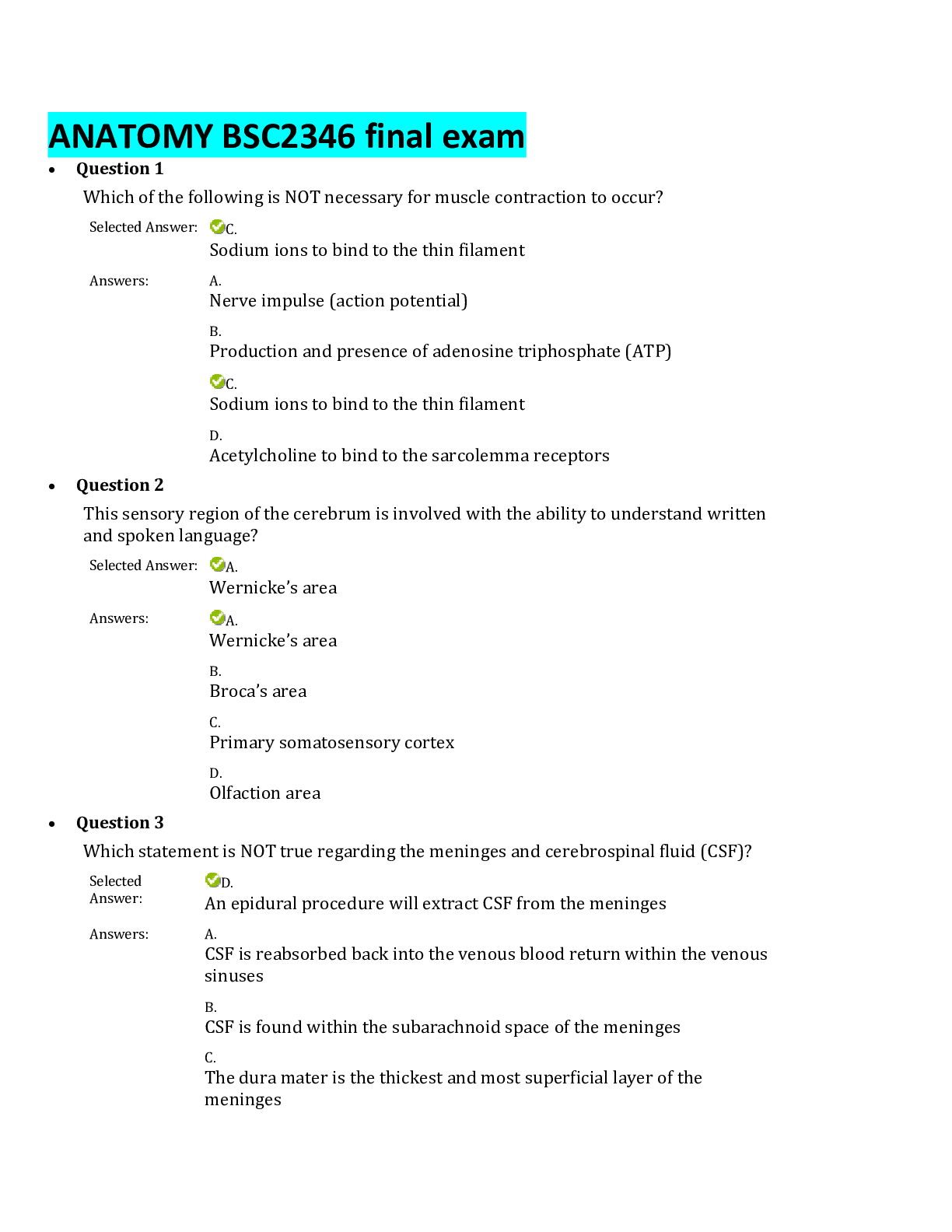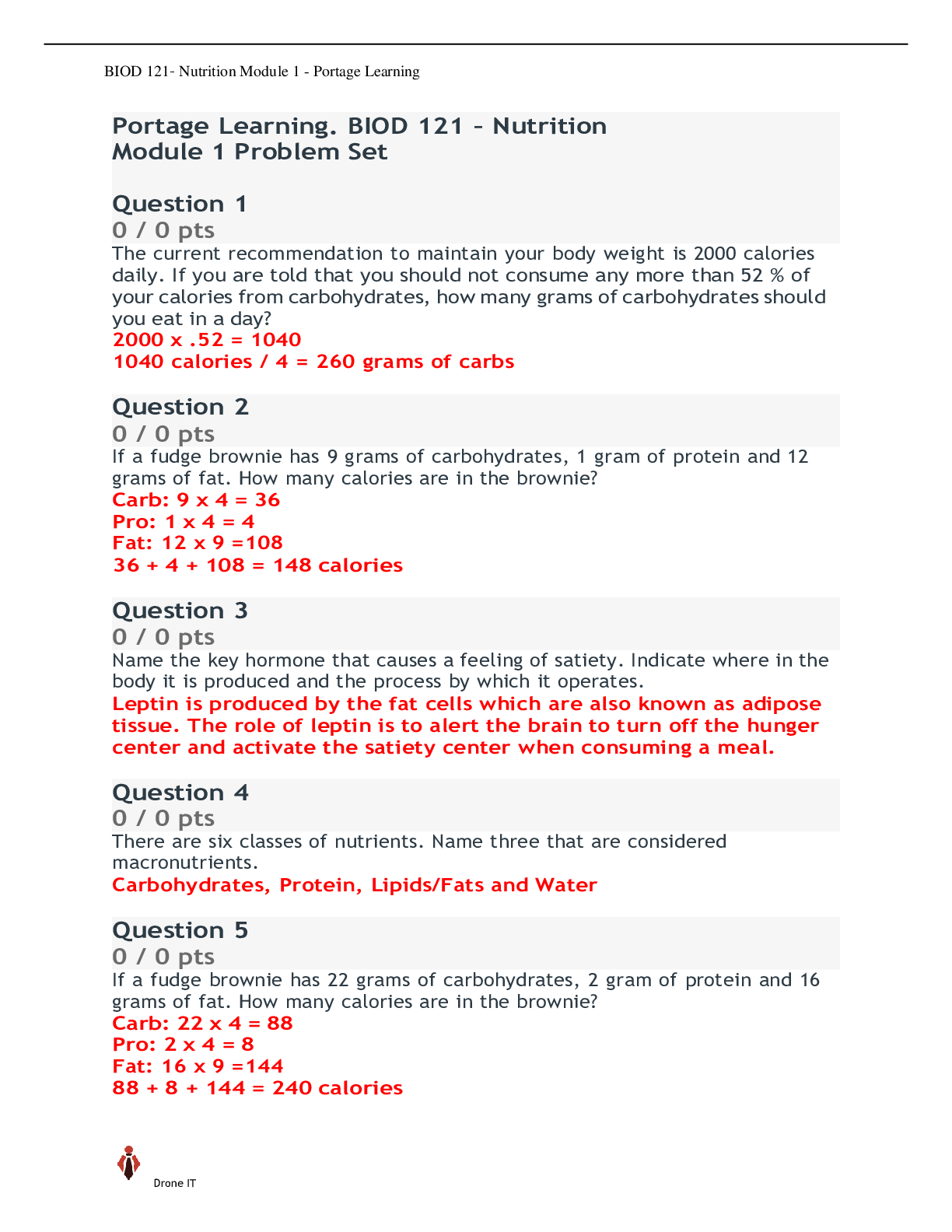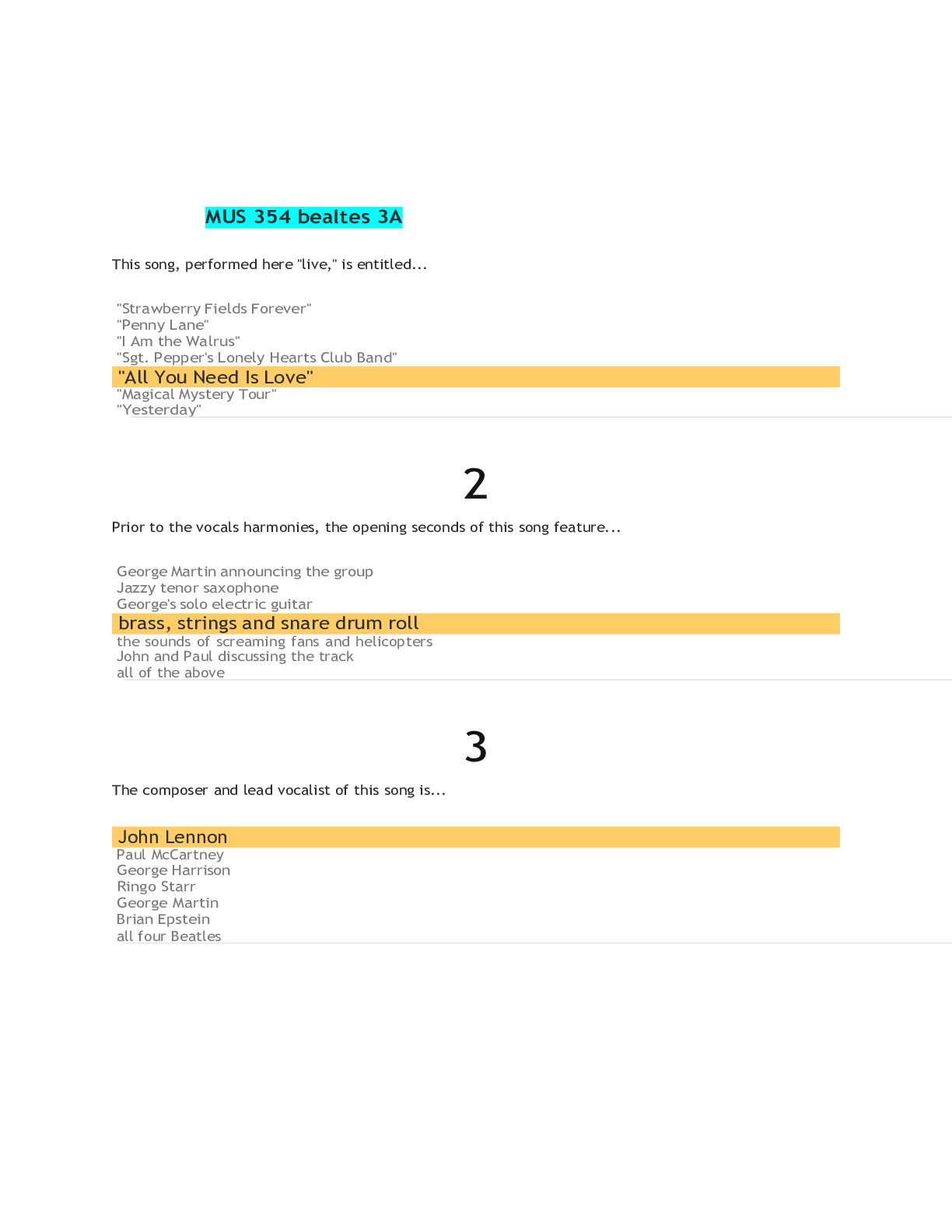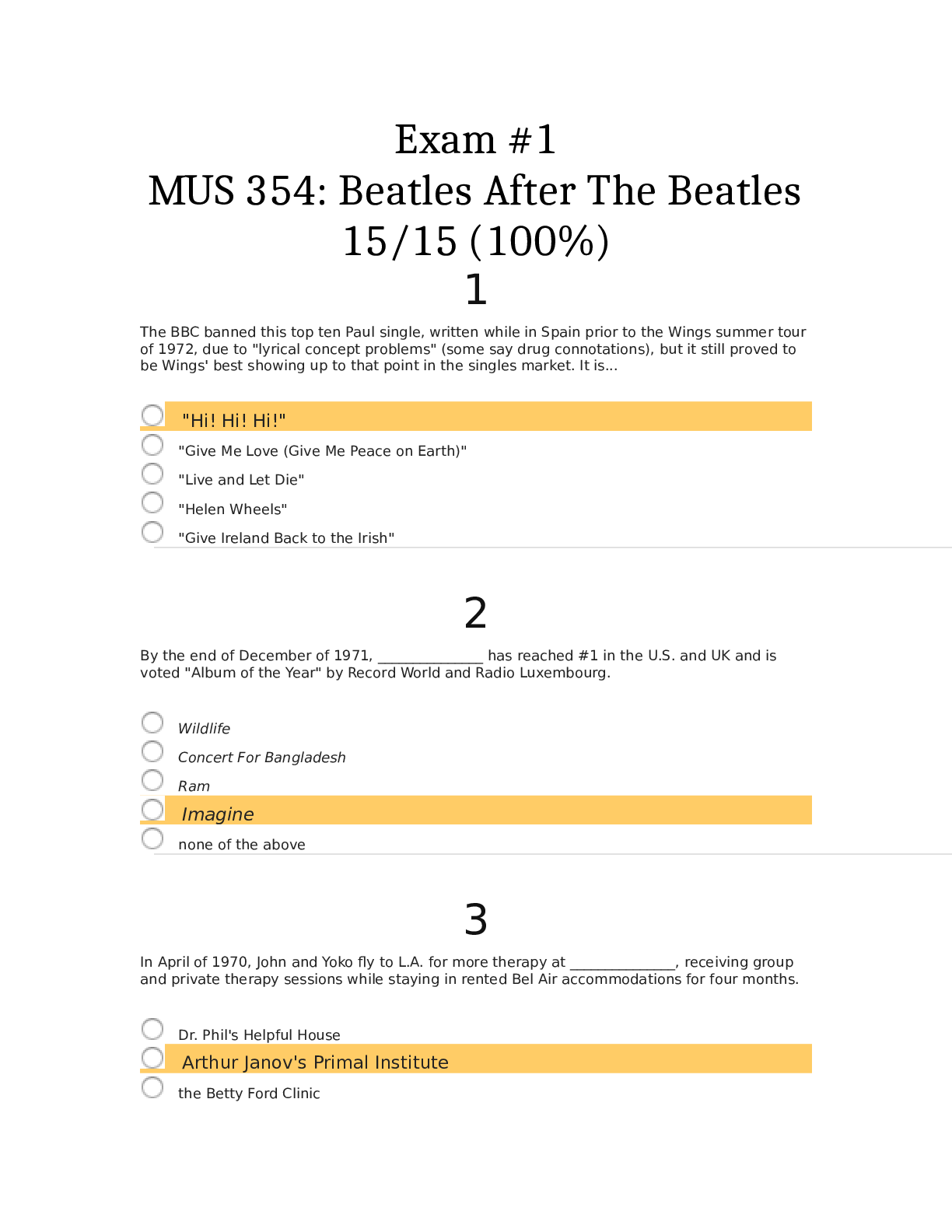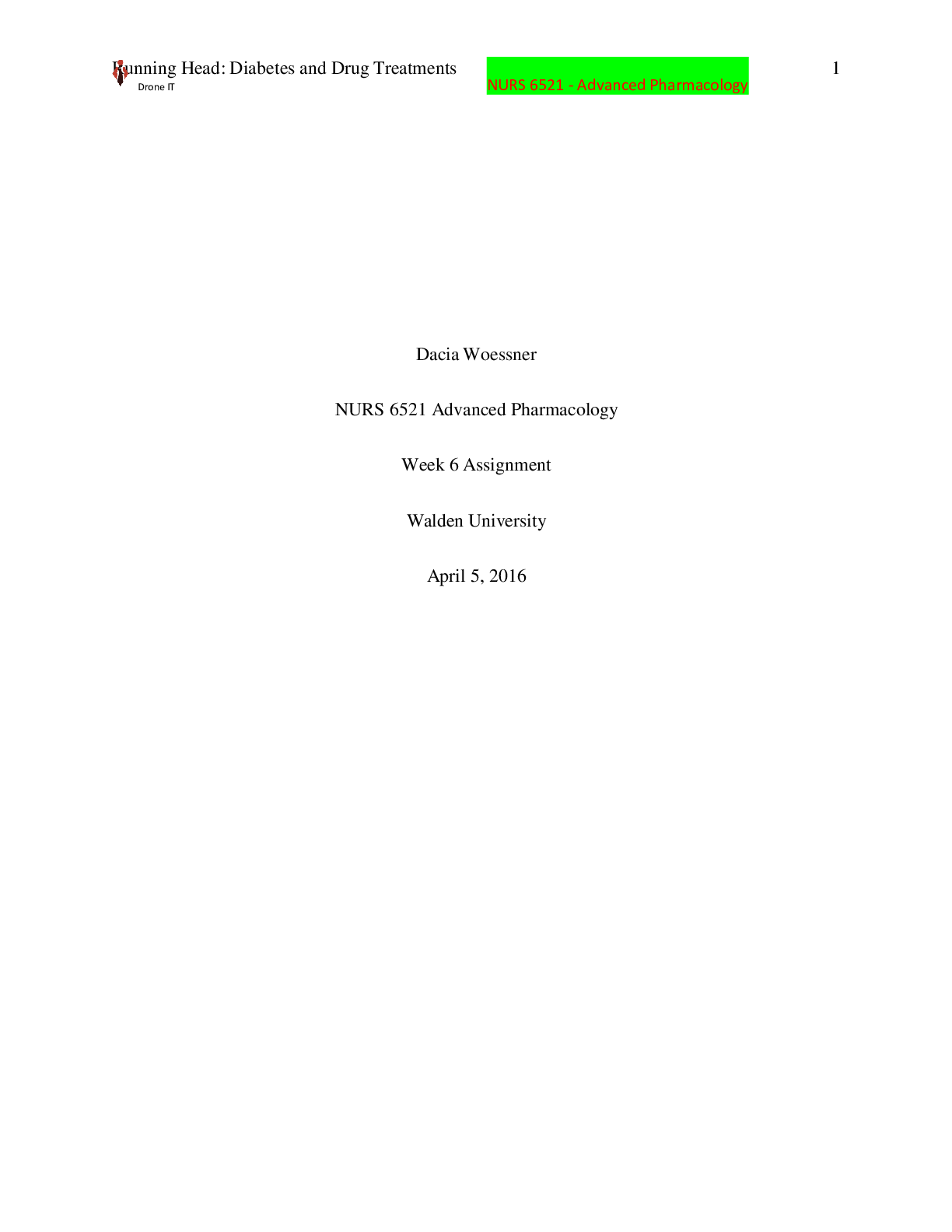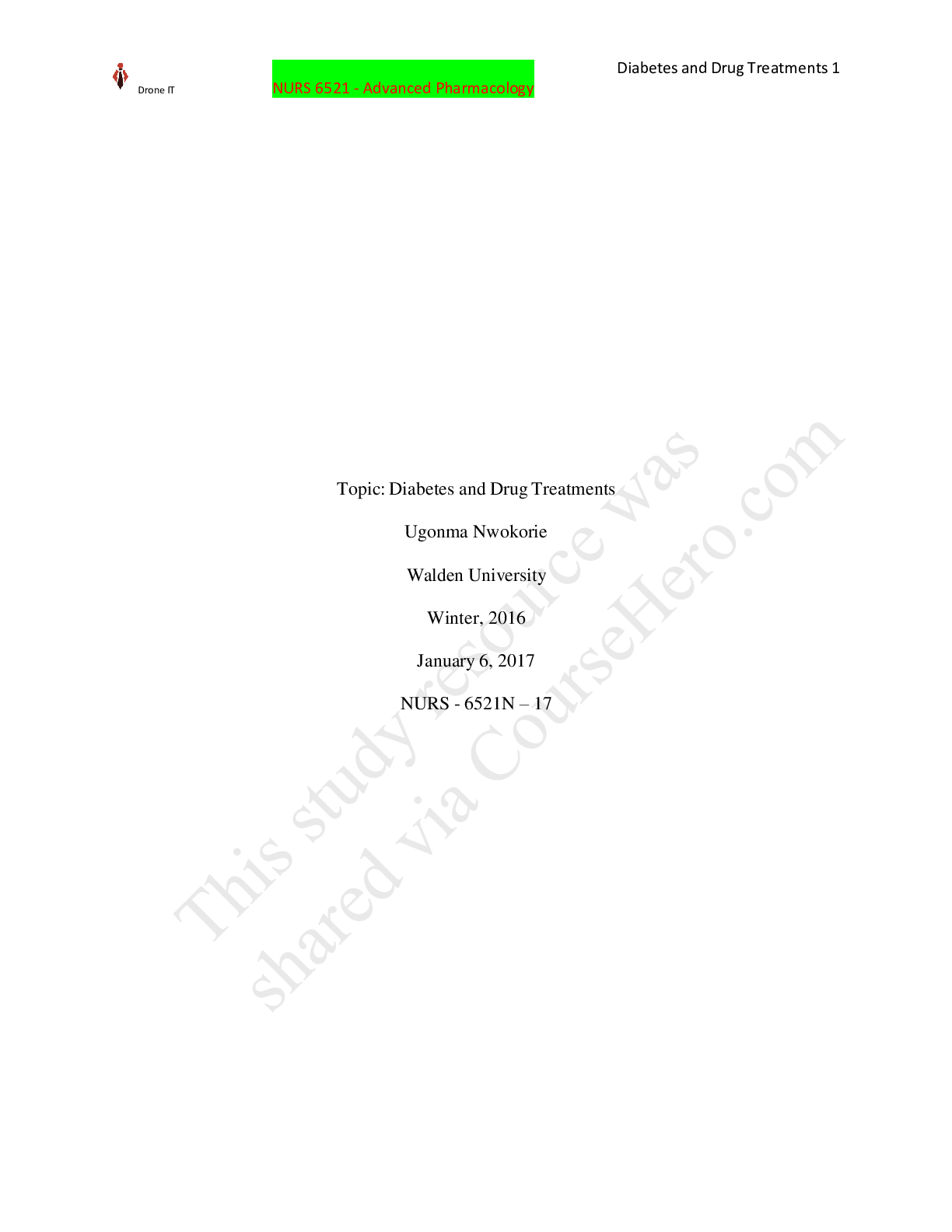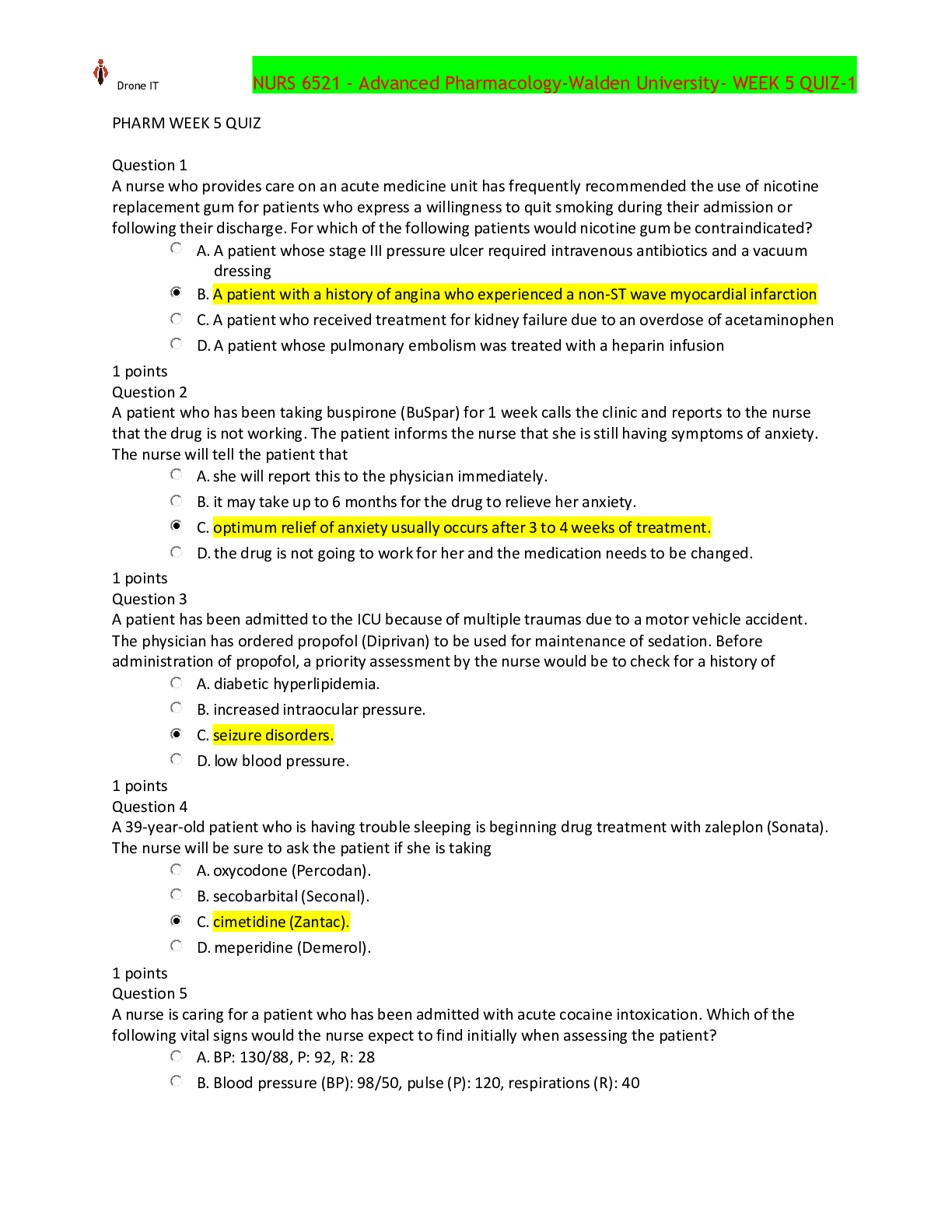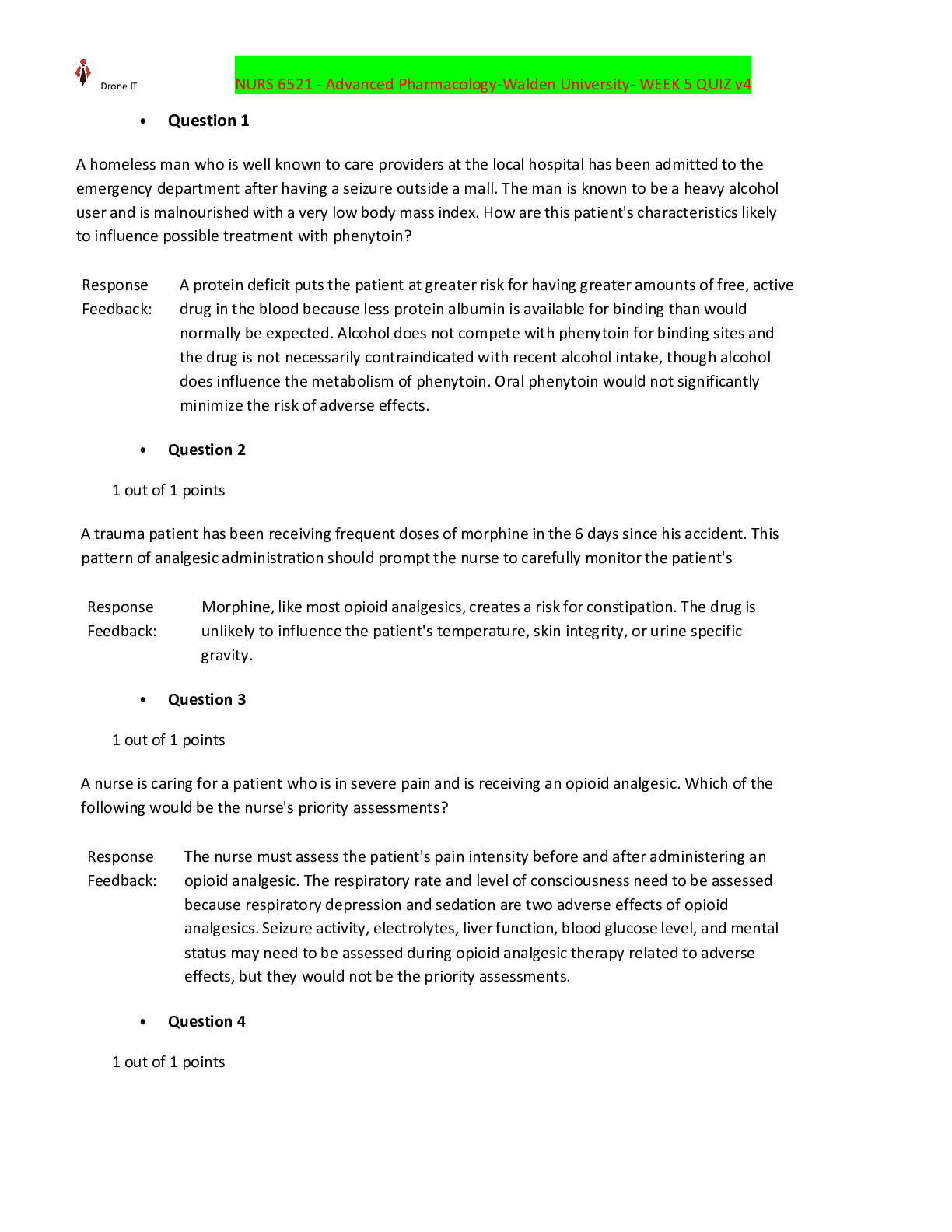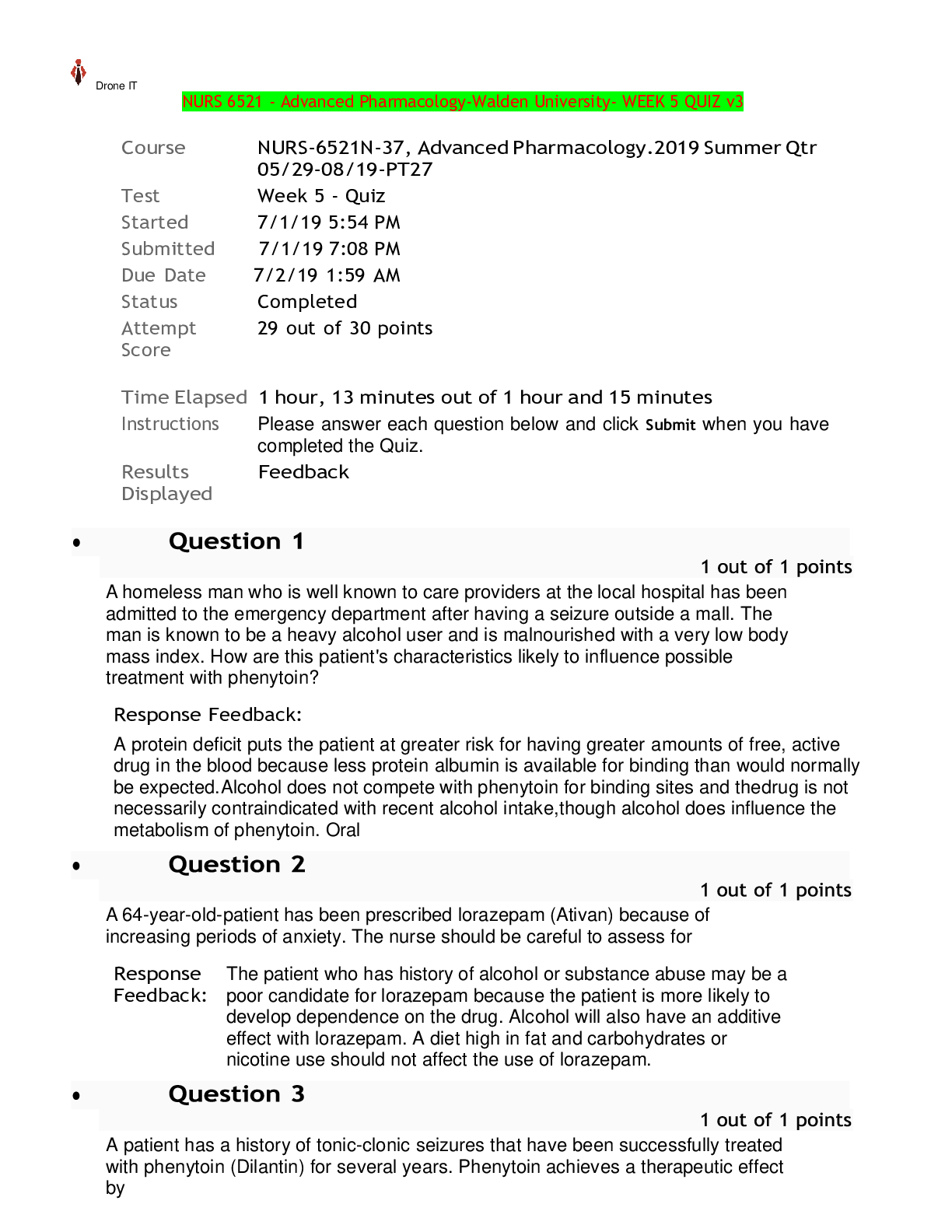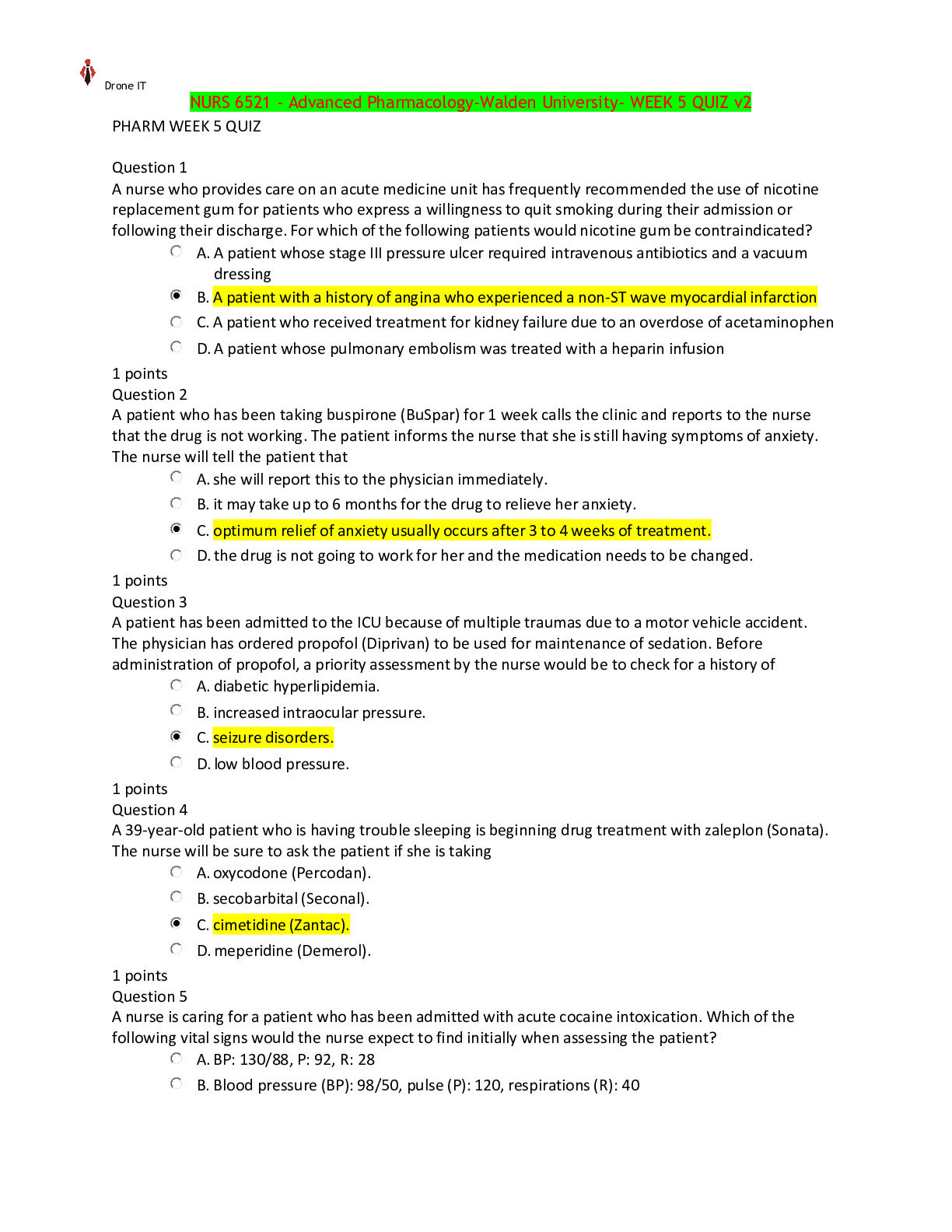OCR A Level Film Studies H410/01 Film History Question Paper/MS
Document Content and Description Below
1 With reference to a sequence from the film made between 1930–1960 which you have studied, explain how diegetic and non-diegetic sound have been used to create meaning in the sequence. [10] 2 Wi... th reference to a sequence from the silent film you have studied, analyse how cinematography has been used to create aesthetic effects. [10] Answer either Question 3 or Question 4. EITHER 3* ‘Film is just about spectacle; narrative resolution does not matter.’ Compare how this quotation applies to two films you have studied. You must refer to examples from one film from 1930– 1960 and examples from one film from 1961–1990 in your answer. [35] OR 4* With reference to examples from one film from the silent era and examples from one film from 1961–1990, compare how the use of sound and editing creates aesthetic effects for the spectator. [35] 3 © OCR 2020 H410/01 Turn over SECTION B – European Cinema History Answer Question 5 and either Question 6 or Question 7 You should have studied both of the experimental surrealist films below: Un Chien Andalou (1929). Directed by Luis Buñuel. France. 15 L’Age D’or (1930). Directed by Luis Buñuel. France. 15 You should also have studied one film from the table below: German expressionist French new wave The Cabinet of Dr. Caligari (1920). Directed by Robert Wiene. Germany, U The 400 Blows (1959). Directed by François Truffaut. France, PG Nosferatu (1922). Directed by F.W. Murnau. Germany, PG À Bout de Souffle (1960). Directed by Jean-Luc Godard. France, PG Metropolis (1927). Directed by Fritz Lang. Germany, PG Cleo from 5 to 7 (1962). Directed by Agnes Varda. France, PG Answer Question 5 5 With reference to examples from both experimental surrealist films you have studied, explain how cinematography and editing have been used to challenge conventional narratives. [15] Answer either Question 6 or Question 7 EITHER 6* Analyse how the German expressionist or French new wave film you have studied approaches the concept of narrative. [35] OR 7* ‘Realism in film is much more powerful for the spectator than the expressive’. Analyse how this quote applies to the German expressionist or French new wave film you have studied. [Show More]
Last updated: 2 years ago
Preview 1 out of 29 pages

Buy this document to get the full access instantly
Instant Download Access after purchase
Buy NowInstant download
We Accept:

Reviews( 0 )
$17.00
Can't find what you want? Try our AI powered Search
Document information
Connected school, study & course
About the document
Uploaded On
Jun 30, 2021
Number of pages
29
Written in
Additional information
This document has been written for:
Uploaded
Jun 30, 2021
Downloads
0
Views
85


